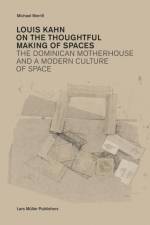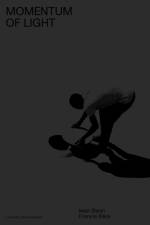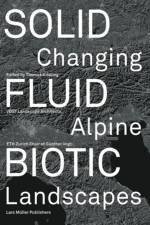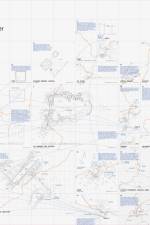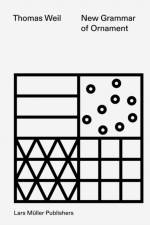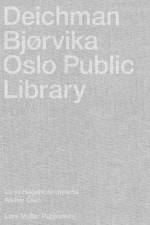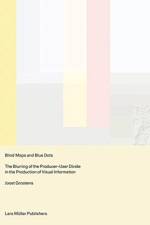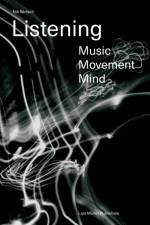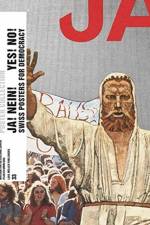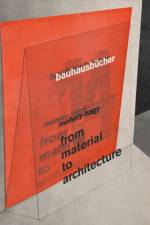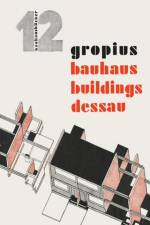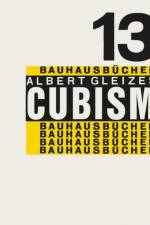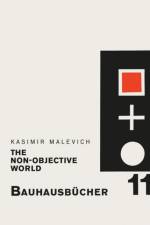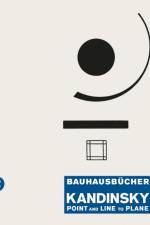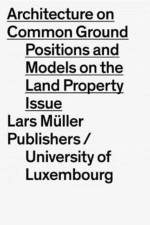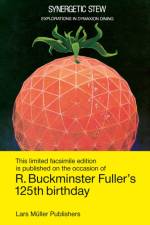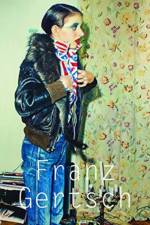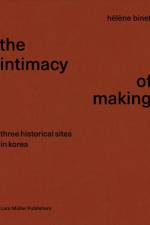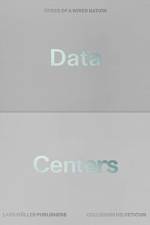av Nik Bartsch
497
LISTENING: Music - Movement - Mind is a conceptual and practical book about the creative relationship between mind and body in the context of music and martial arts. It describes the potential of this relationship for our creativity and inspiration. Over the past 20 years, the musician and composer Nik Bärtsch, founder of the so-called Ritual Groove Music, has developed techniques that not only offer musicians and martial artists useful and surprising tools, but also support, focus and thus simplify learning processes in other fields of activity and in daily life. In addition to the individual learning aspect, Bärtsch presents basic collaborative and community-oriented strategies.The content of the book is based on the long-standing experience of the author Nik Bärtsch and his wife Andrea Pfisterer as performers in live music, as aikido practitioners, cultural entrepreneurs and teachers of music and physical techniques. They reflect their experiences and questions on a practical, philosophical, aesthetic and poetic level and offer and encourage new connections and perspectives for creative people."Imagine a composer as an engineer, listen with all your senses like a martial artist, train your sense of tempo, time and timing like a drummer, act with a partner like a unit." (Nik Bärtsch)Through essays and pictures, interviews, exercises and games, the book conveys the authors' poetic understanding of body and mind and inspires the individual creativity and consciousness of the readers, regardless of their background. The visual material includes photographs, drawings and diagrams, album covers and graphic word fields. The publication also documents the stages of Bärtsch's musical development as composer, solo pianist and bandleader of Ronin and Mobile, two formations that enjoy international recognition.


